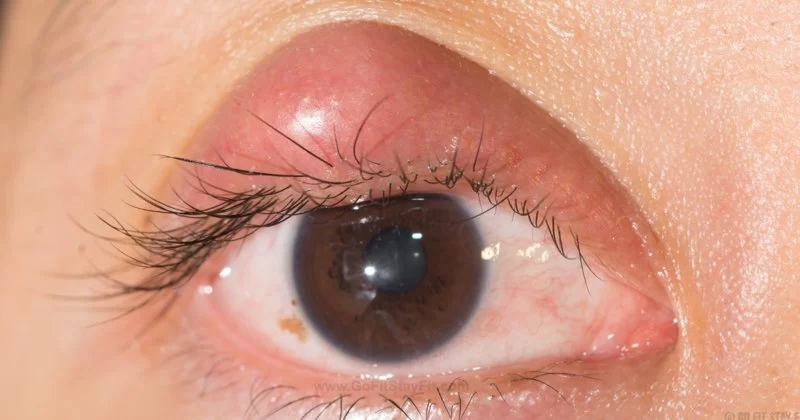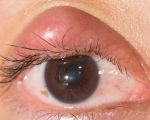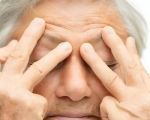
- understanding-eye-styes-before-treatment
- home-remedy-essentials-for-eye-stye-relief
- what-to-avoid-when-treating-styes-at-home
- personal-story-effective-home-treatment
- when-its-time-to-see-an-eye-specialist
1. Understanding Eye Styes Before Treatment
An eye stye, medically known as a hordeolum, is a small, painful lump typically found on the eyelid caused by a blocked oil gland or bacterial infection. While it may look alarming, most styes are harmless and can be treated safely at home with consistent care. Recognizing the early signs—a red bump, tenderness, or slight swelling—can make a big difference in the effectiveness of home treatment.
Many people panic when they first experience one, but knowing the nature of styes is the first step to handling them properly. They’re not caused by poor hygiene alone—factors like stress, old makeup, or contact lens misuse may also play a role.
2. Home Remedy Essentials for Eye Stye Relief
2.1 Warm Compress: The most trusted and effective home remedy. A warm compress helps unblock the oil glands and speeds up drainage. Use a clean, warm washcloth (not hot!) and place it gently over the eye for 10–15 minutes, several times a day. Be patient—this simple routine is often enough to shrink or drain the stye in a few days.
2.2 Keep the Area Clean: Use mild, tear-free baby shampoo diluted in water to gently clean the affected eyelid. This prevents further bacterial build-up and supports healing.
2.3 Avoid Squeezing: As tempting as it may be, squeezing a stye can worsen the infection and even damage the eyelid. Allow it to heal naturally with proper support.
2.4 Use of OTC Pain Relief: Over-the-counter medications like acetaminophen or ibuprofen can help with pain and inflammation, but always read the label or consult a pharmacist before use.
3. What to Avoid When Treating Styes at Home
3.1 No Makeup or Contact Lenses: Refrain from using eye makeup or contact lenses until the stye fully resolves. These can introduce new bacteria and extend healing time.
3.2 Avoid DIY Remedies from Unreliable Sources: Online trends like using toothpaste or harsh oils can irritate the skin and worsen inflammation. Stick to proven methods or consult an expert from Eye Docs for proper guidance.
3.3 Don’t Overclean: While hygiene is important, over-washing or scrubbing the eye area can increase irritation. Gentle is the key.
4. Personal Story: Effective Home Treatment
Emma, a university student, shared her experience with an eye stye just before final exams: “I noticed a bump under my upper eyelid that hurt when I blinked. I was tempted to pop it, but instead, I followed advice from an Eye Docs article and used warm compresses religiously. Within five days, it drained naturally. It was such a relief—not just physically, but emotionally too.”
Her story illustrates how consistent home care—paired with restraint and correct hygiene—can resolve even the most annoying styes without resorting to antibiotics or procedures.
5. When It’s Time to See an Eye Specialist
If the stye persists beyond a week, becomes increasingly painful, or affects your vision, it’s time to consult an eye specialist. Also, if you experience frequent styes, it could indicate an underlying condition like blepharitis or chronic gland dysfunction that needs attention.
That’s where Eye Docs comes in. Their team specializes in treating recurring eyelid conditions and offers custom solutions—from clinical eye drops to minor in-office procedures—ensuring fast relief and reduced risk of recurrence. Their professionals also guide patients on hygiene habits and lifestyle changes to avoid future flare-ups.
Styes may be common, but with the right care, they don’t have to derail your day. Start with these best ways to treat eye styes at home and trust that if more help is needed, Eye Docs has your back.








